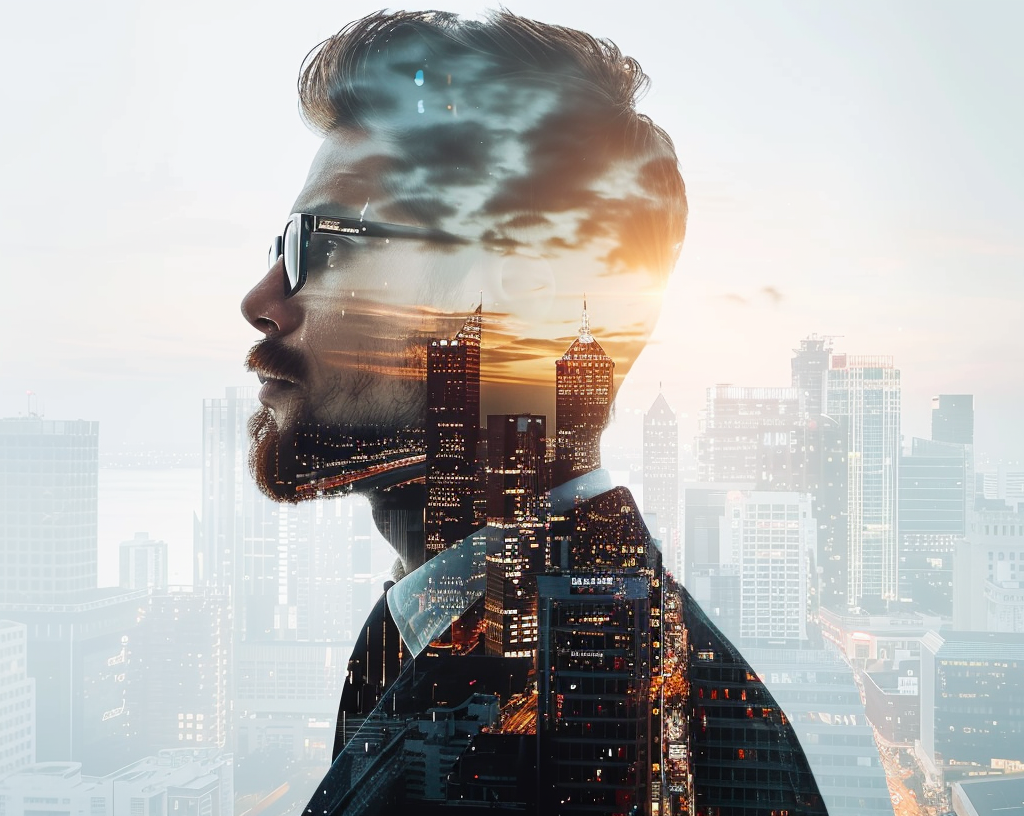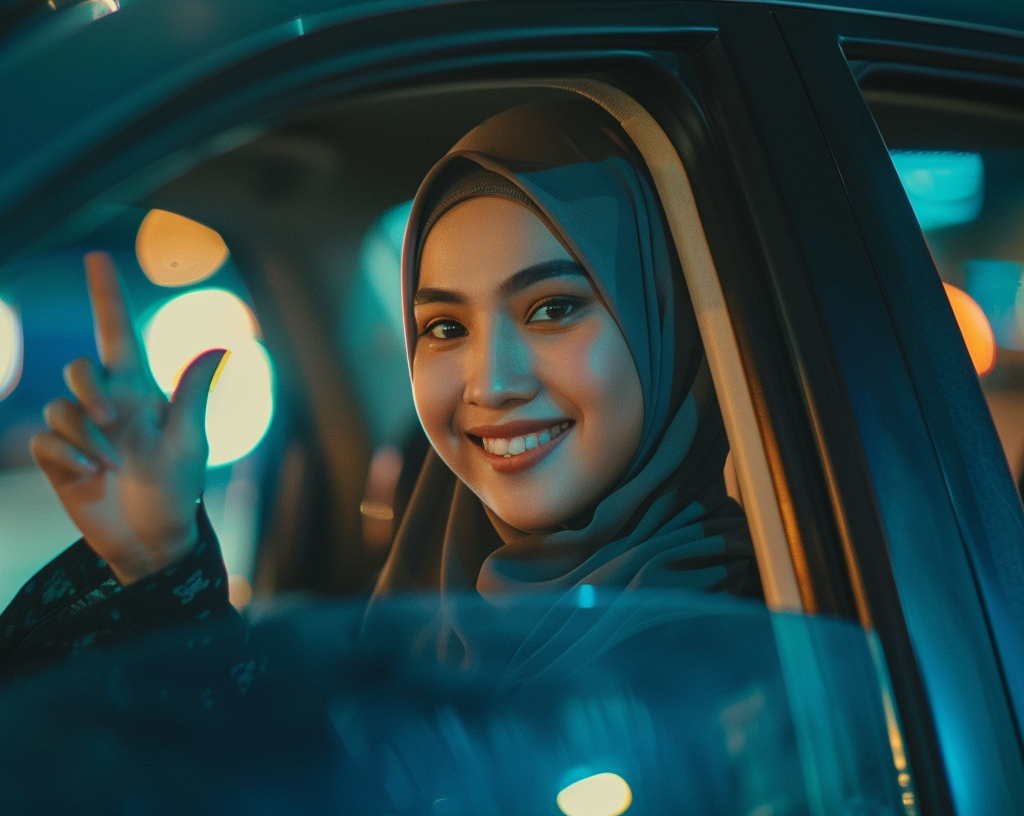
Imagine describing “a cat wearing a red hat” and seeing it come to life in a detailed image. That’s the magic of text-to-image generative models, cutting-edge machine learning tools that transform natural language prompts into vivid visuals. These models have reached new heights of sophistication, fueled by advancements in deep neural networks, diffusion models, extensive datasets, and powerful computing capabilities. Ranking these models is challenging due to their unique strengths in image quality, diversity, resolution, speed, and creativity. Below are some standout players in this exciting field:
Midjourney
One of the top text-to-image generative AI models, Midjourney, turns your text into stunning images. Accessible via a Discord bot, it can also be loaded onto third-party servers for seamless use.
DALL-E 3
An upgraded version of OpenAI’s DALL-E 2, this model excels at creating lifelike images and art from natural language descriptions. DALL-E 3 can blend concepts, attributes, and styles, generating imaginative images like anthropomorphic animals and transformed objects.
Stable Diffusion
This model uses a latent diffusion approach, iteratively reducing noise to produce clear images. Notably, Stable Diffusion is one of the first models to run on consumer hardware, with its code and model weights openly available.
Imagen
Developed by Google’s Brain Team, Imagen combines diffusion models with large transformer language models. It’s based on the groundbreaking research paper “Imagen: Text-to-Image Diffusion Models” and generates highly realistic images from text.
These models are revolutionizing how we convert words into visuals, opening up new creative possibilities and applications in various fields. Whether for art, design, or innovative projects, these AI models are at the forefront of transforming textual ideas into visual reality.






All images were generated by one of the mentioned AI models. We used Midjourney to create these text-to-image results.


